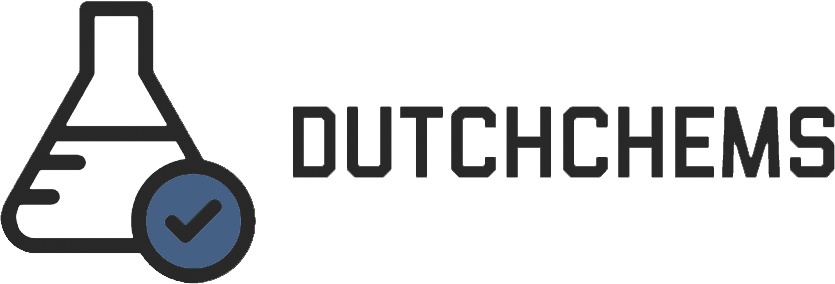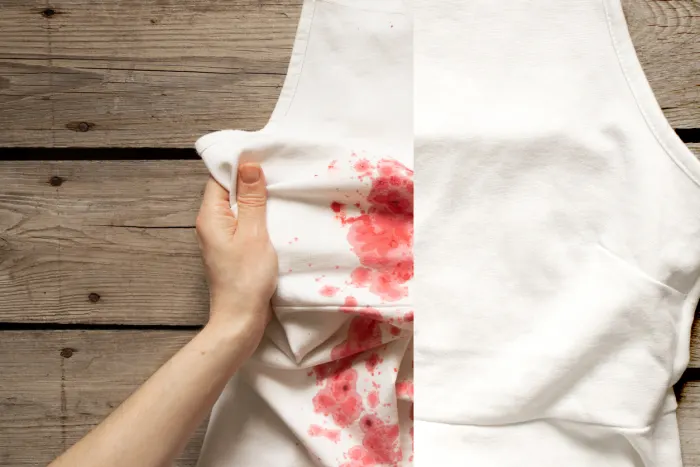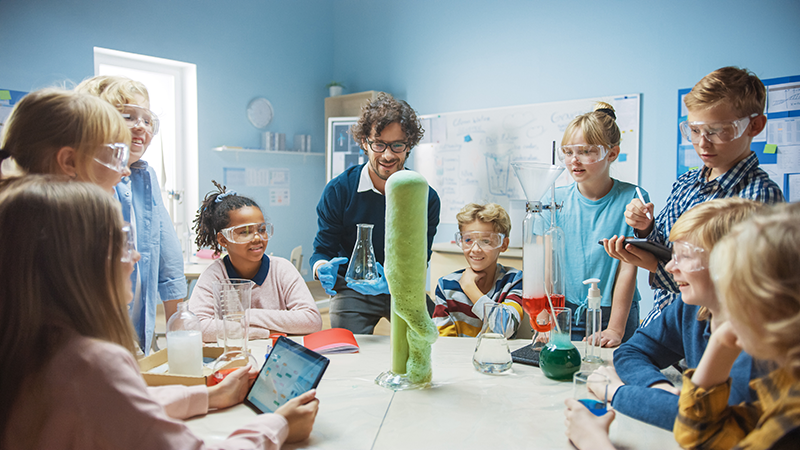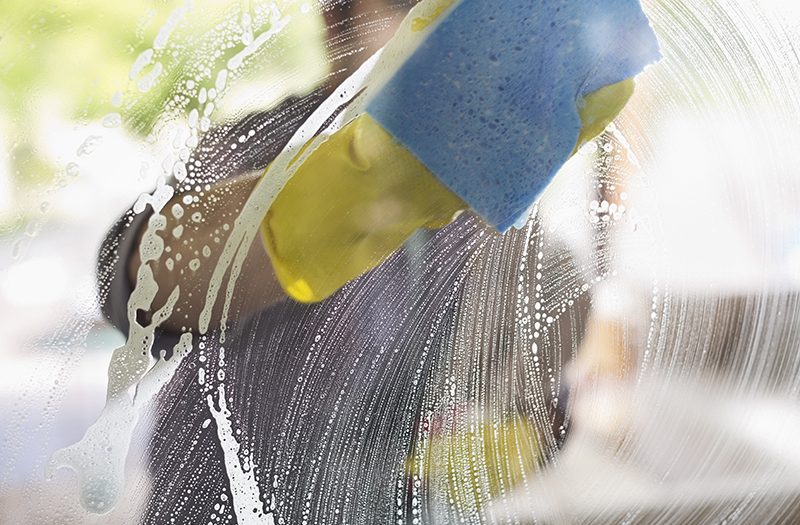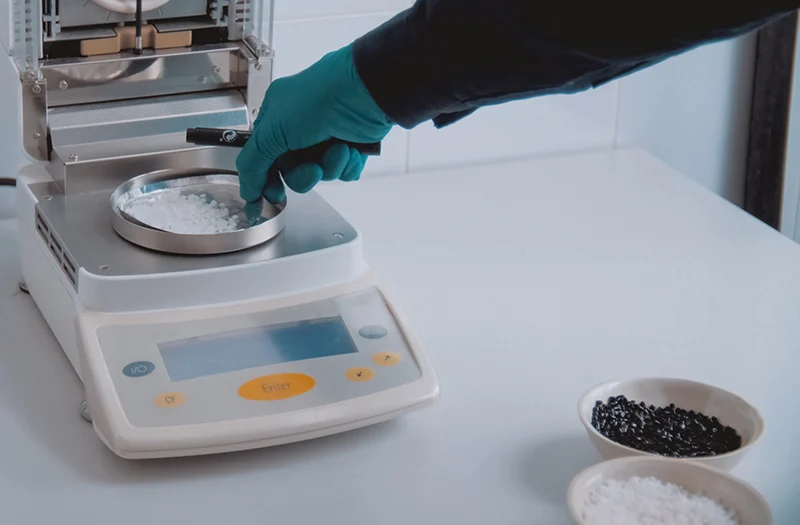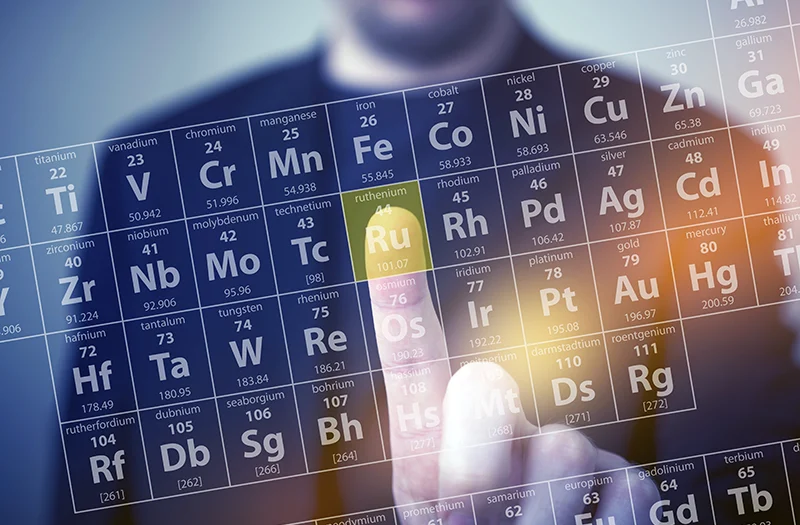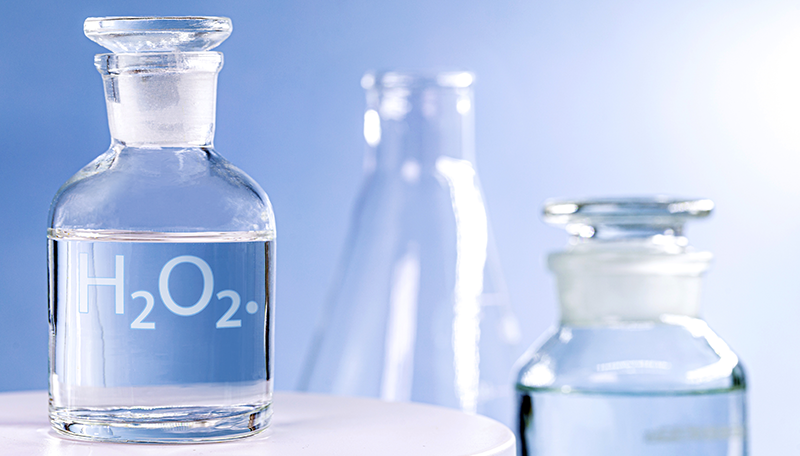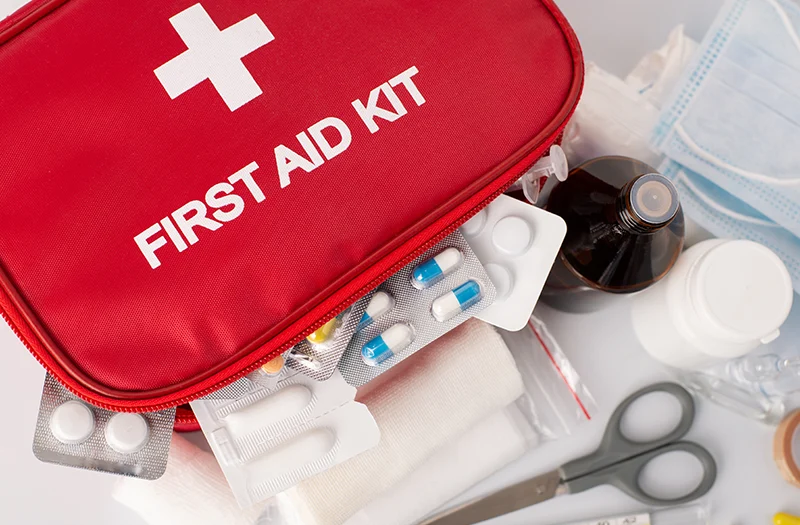Soap making, making your own soap
Alternative Ways to Heat Your Home
Make your own slime with Borax (practical preparation)
Making elephant toothpaste (practical preparation)
Making elephant toothpaste is a well-known and popular chemical experiment. In this experiment, an impressive amount of foam is produced by the decomposition of hydrogen peroxide. This experiment is not only fun to watch, but also educational, because it shows how catalysts work. This article discusses step-by-step how you can safely perform this experiment yourself with both 3% hydrogen peroxide and 12% hydrogen peroxide .
What do you need?
- Hydrogen peroxide (H₂O₂) 3% or 12%
- Liquid detergent, such as Dreft
- Dry yeast (as catalyst)
- Food coloring (optional)
- Hot water
- Large bottle or cylinder (e.g. an Erlenmeyer flask )
- Tray or container to catch spills
- Gloves and safety glasses
- Measuring cups and spoon
Safety regulations⚠️
- Always wear safety glasses and gloves when working with hydrogen peroxide.
- Conduct the experiment outdoors or in a well-ventilated area
- Take extra care when handling 12% hydrogen peroxide as it is more corrosive than 3%
- Keep your distance when you initiate the experiment
Step-by-step guide to making elephant toothpaste
- Prepare your workplace
- Ensure a clean and tidy workplace
- Place a tray or bath under the bottle or cylinder to catch the foam
- Mix the ingredients
- When using 3% hydrogen peroxide, pour approximately 100 ml into your bottle or cylinder. If you are using 12% hydrogen peroxide, pour approximately 50 ml into your bottle or cylinder.
- Add a few drops of food coloring to the hydrogen peroxide to color the mixture.
- Add 1 tablespoon of liquid dish soap to the hydrogen peroxide and mix gently by slightly rotating the bottle or cylinder.
- Prepare the catalyst solution
- In a separate cup or bottle, dissolve 1 tablespoon of dry yeast in about 3 tablespoons of warm water. Then stir this mixture well until the yeast has completely dissolved.
- Start the reaction
- QUICKLY but CAREFULLY pour the yeast solution into the bottle containing your hydrogen peroxide.
- Immediately step back and observe the production of the elephant toothpaste
- Observations
- Note what happens once the yeast solution is added to the hydrogen peroxide solution
- Observe the amount of foam produced, the rate of the reaction and any changes in temperature (exothermic reaction).
- Tidy
- After the reaction, discard the foam and solution residue according to your school or laboratory safety guidelines.
- Clean all materials used thoroughly.
Theory for making elephant toothpaste
The decomposition of hydrogen peroxide by a catalyst such as enzymes in yeast results in the following reaction:
2 H 2 O 2 (aq) → 2 H 2 O (l) + O 2 (g)
The oxygen gas (O₂) formed is captured by the detergent, resulting in the production of foam. The reaction is exothermic, meaning heat is released.
Conclusion
This experiment shows how a catalyst accelerates the decomposition of hydrogen peroxide, resulting in spectacular foam production, better known as elephant toothpaste. It is a fun and educational way to learn more about chemical reactions and catalysts. Always perform the experiment with proper safety precautions and enjoy the impressive results!
